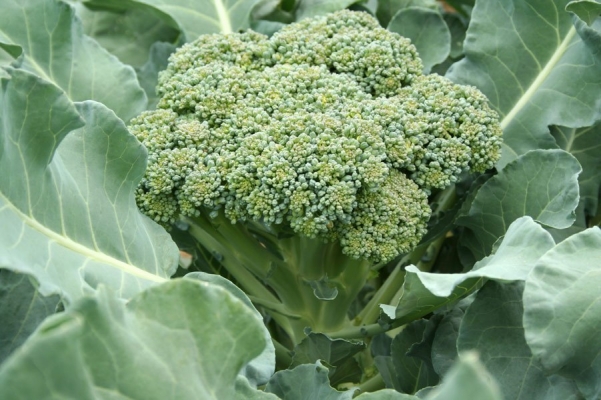General Information
In India, broccoli farming is a boom for the rural economy. It is a cool season crop and can be grown in spring season. It is a rich source of nutrition such as iron, calcium and vitamins. The crop contains 3.3% of protein content and high content of Vitamin A and C. It also contains substantial amount of riboflavin, niacin and thiamine and also contains high concentration of carotenoids. It is mainly used for salad purpose and can be eaten by lightly steaming it. It is mainly marketed fresh, frozen or as a salad.















